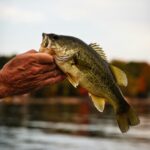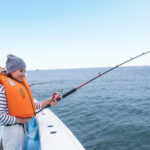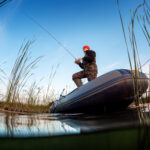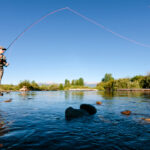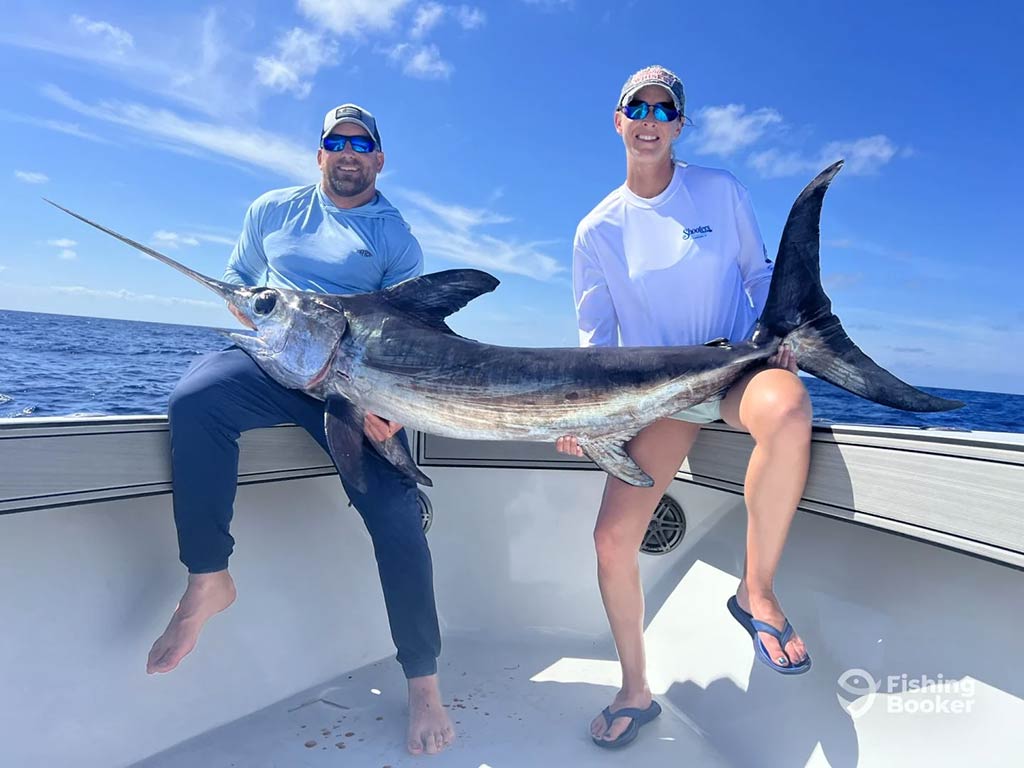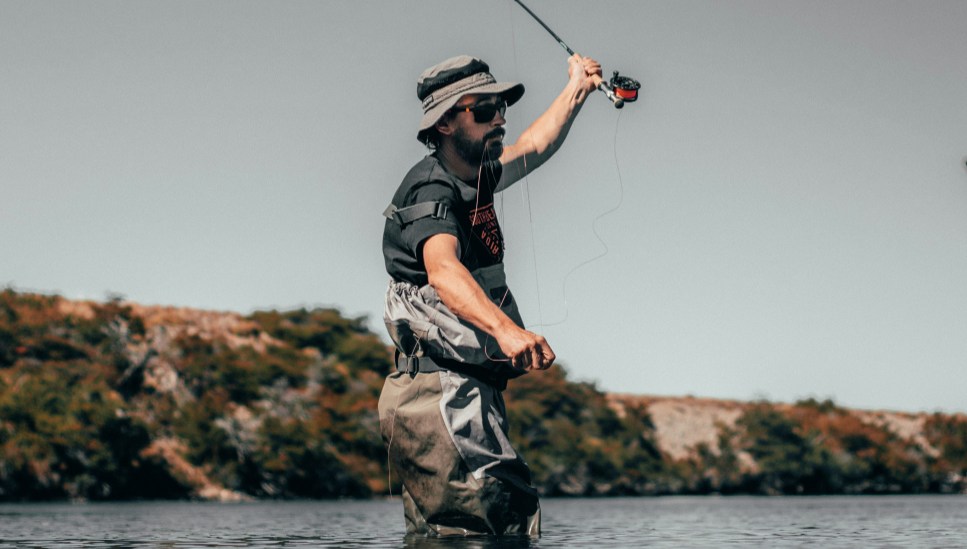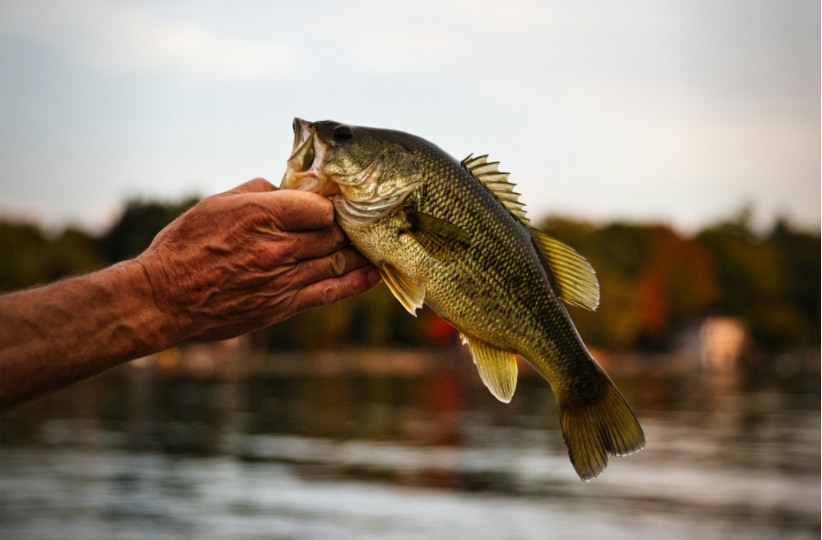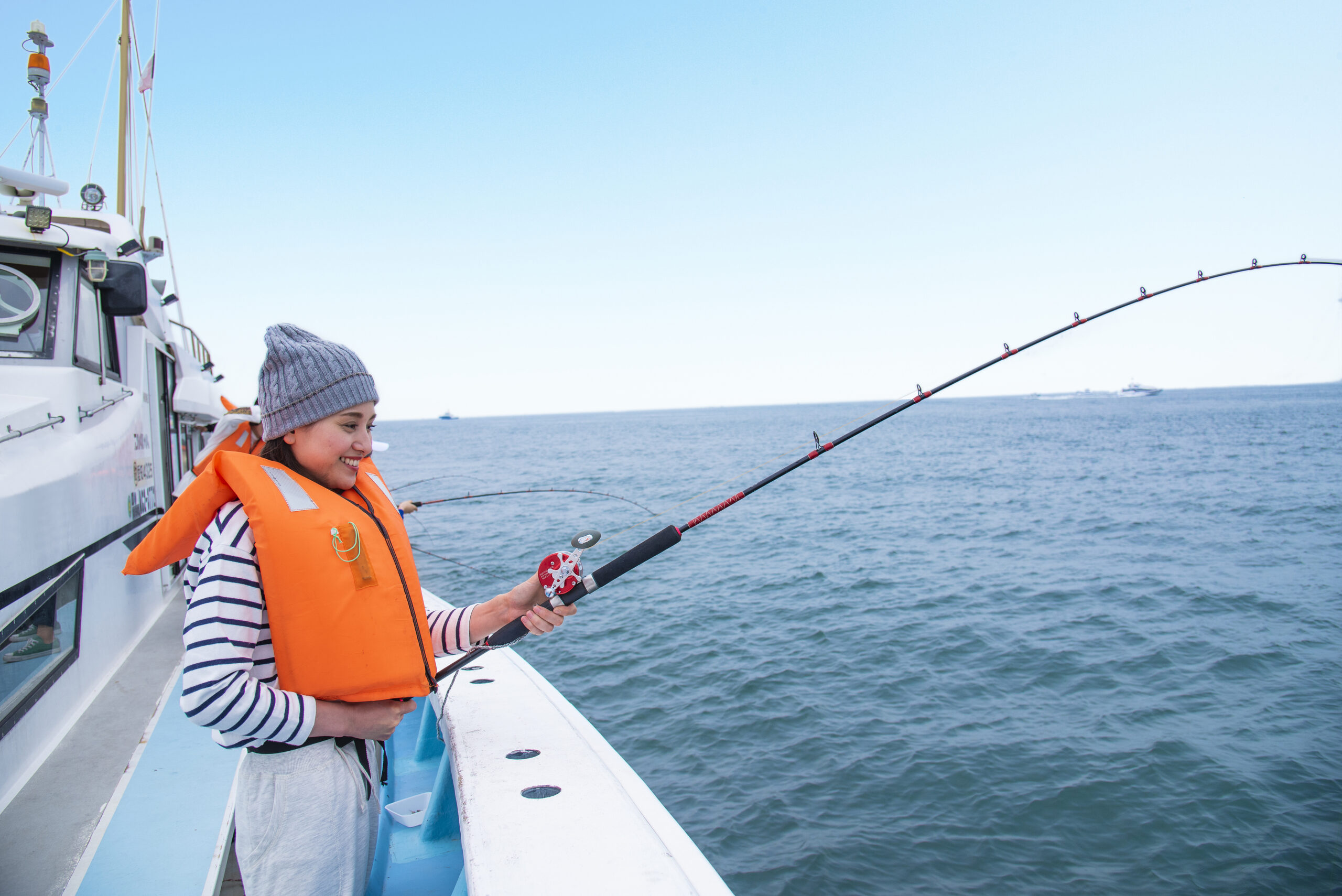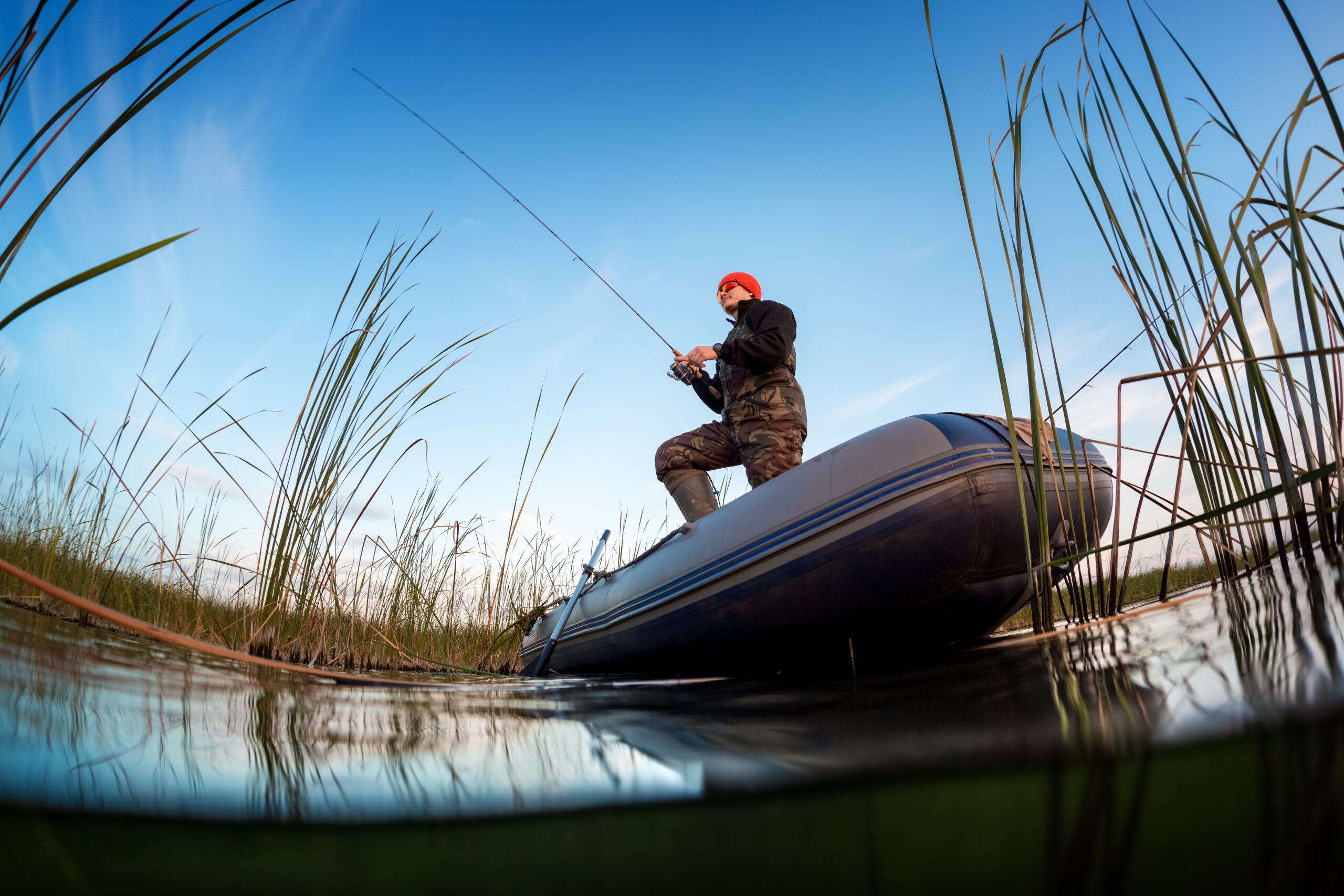The vast depths of the ocean are home to some of the most fascinating and elusive creatures on the planet. Deep sea fishing offers anglers the unique opportunity to explore these depths and catch fish that few people ever encounter. From massive sharks to exotic species, deep sea fishing is a thrilling adventure that combines skill, patience, and a bit of luck. As we move into 2025, it’s important to understand the trends, species, equipment, and techniques that define deep sea fishing today. In this comprehensive guide, we’ll take a deep dive into everything you need to know about deep sea fishing and how you can make the most of your next expedition.
What Is Deep Sea Fishing?
Deep sea fishing, also known as offshore fishing or big-game fishing, involves fishing in waters typically 30 meters (100 feet) deep or more. Unlike traditional fishing in lakes or rivers, deep sea fishing often takes place in the open ocean, miles away from shore. These waters are home to some of the most coveted fish species in the world, including various types of tuna, sharks, marlins, and groupers.
Why Fish in the Deep Sea?
Fishing in deeper waters offers unique challenges and rewards. The fish in these regions are often larger, more powerful, and more elusive. This makes deep sea fishing a rewarding sport for anglers seeking an adrenaline rush or those aiming to catch a trophy fish. Additionally, deep sea fishing provides access to an ecosystem that remains largely unexplored by most people, making it an adventure like no other.
Popular Deep Sea Fish Species
As we head into 2025, the diversity of deep sea fish continues to captivate anglers worldwide. Here are some of the most popular and sought-after species in deep sea fishing:
1. Marlin
Marlin are among the most prestigious catches in the deep sea fishing world. Known for their striking appearance, with long, slender bodies and sharp, spear-like bills, marlins are a prized catch. They can grow to over 14 feet in length and weigh up to 2,000 pounds. Blue marlins, in particular, are a favorite for anglers, as they put up a formidable fight when hooked. These fish are often found in the warm waters of the Atlantic and Pacific oceans.
- Top Locations for Marlin: Hawaii, Costa Rica, the Bahamas, and the Florida Keys.
- Best Fishing Time: Marlin fishing is best during warmer months, from spring to fall.
2. Tuna
Tuna are among the fastest and most powerful fish in the deep sea. Whether it’s the Yellowfin, Bluefin, or Bigeye tuna, these fish are prized for their speed, strength, and size. Bluefin tuna, in particular, can weigh upwards of 1,000 pounds and are considered a high-end delicacy in the culinary world.
- Top Locations for Tuna: The Gulf of Mexico, the Mediterranean, and the waters off the coast of Japan.
- Best Fishing Time: Tuna are best caught in the summer and fall months when they are most abundant.
3. Shark
Sharks are perhaps the most iconic deep sea fish species. From the infamous Great White Shark to the aggressive Mako, sharks are revered by anglers for their strength, size, and challenge they present. These apex predators are often found in both coastal and offshore waters, making them a sought-after species for thrill-seeking anglers.
- Top Locations for Shark Fishing: Florida, South Carolina, and California in the United States; Australia and the Caribbean are also excellent shark fishing spots.
- Best Fishing Time: Shark fishing can be done year-round, but summer and fall are especially productive.
4. Grouper
Groupers are bottom-dwelling fish that are known for their large size and delicious meat. These fish are typically found in deeper waters around submerged structures, such as reefs and wrecks. While not as fast as marlin or tuna, groupers are highly sought after due to their robust fighting ability and tasty fillets.
- Top Locations for Grouper Fishing: The Gulf of Mexico, the Caribbean, and the Pacific coasts of Mexico.
- Best Fishing Time: Winter and early spring are ideal for grouper fishing, as they tend to move deeper during the warmer months.
5. Swordfish
Swordfish are deep, pelagic fish that are known for their long, flattened bills and impressive size. They can grow up to 14 feet long and weigh several hundred pounds. Swordfish are also highly prized for their meat, which is often served in restaurants around the world. Catching one is considered a significant accomplishment in deep sea fishing.
- Top Locations for Swordfish: The North Atlantic, the Mediterranean, and the coastlines of Florida.
- Best Fishing Time: Swordfish are typically fished during the summer months, although they are caught year-round in some areas.
6. Snapper
Snapper, especially the Red Snapper, is another popular deep sea species. These fish are found in deeper waters near reefs and wrecks and are known for their bright red color and excellent taste. Snapper fishing is often done in both deep-sea and near-shore environments.
- Top Locations for Snapper Fishing: The Gulf of Mexico, the Atlantic Ocean, and the Caribbean.
- Best Fishing Time: Snapper are best fished from late spring to early fall.
Deep Sea Fishing Techniques for 2025
As we move into 2025, deep sea fishing techniques have evolved with advancements in technology and gear. Here are some of the most effective methods used by deep-sea anglers:
1. Trolling
Trolling involves dragging lures, baited hooks, or artificial baits behind a moving boat. This is the most common method for targeting large pelagic species like tuna, marlin, and swordfish. Trolling can be done at different depths depending on the species being targeted.
2. Bottom Fishing
Bottom fishing is perfect for species like grouper, snapper, and amberjack, which inhabit the ocean floor. This technique involves dropping baited hooks or weighted lures to the bottom and waiting for fish to bite. Bottom fishing is often done around underwater structures, such as reefs and shipwrecks, where fish are known to congregate.
3. Drift Fishing
Drift fishing involves allowing your boat to drift with the current while bait is suspended in the water. This technique is often used for species that are not at the bottom but prefer mid-water depths, such as swordfish and some species of shark.
4. Chumming
Chumming is a technique that involves throwing small amounts of bait (often ground fish or fish parts) into the water to attract fish. This is commonly used to lure sharks and other carnivorous species, making it a popular method for thrill-seeking anglers.
Essential Deep Sea Fishing Gear for 2025
To succeed in deep sea fishing, having the right gear is essential. As we enter 2025, advancements in fishing rods, reels, lines, and other equipment make it easier and more effective to tackle the ocean’s most challenging species. Here’s a breakdown of the essential gear you’ll need:
- Fishing Rods: Choose rods that are specifically designed for deep sea fishing. These rods are typically longer, more durable, and have heavier action to withstand the powerful fish you’ll encounter.
- Reels: High-capacity, durable reels are a must for deep sea fishing. Lever drag reels or electric reels are often used for large pelagic fish like marlin and tuna.
- Lines: Use braided or monofilament fishing lines with high test strength. Braided lines are preferred for their strength and sensitivity, while monofilament offers stretch, making it suitable for big-game fishing.
- Bait and Lures: Artificial lures, such as trolling plugs, soft plastics, and jigs, are popular for attracting fish. Live bait, such as sardines or mackerel, is also commonly used.
- Fish Finder: Modern fish finders are essential for locating fish in the deep sea. These devices use sonar to detect fish and underwater structures, helping you find the most productive fishing areas.
Conclusion: The Adventure Awaits
Deep sea fishing remains one of the most exciting and rewarding forms of angling. As we move into 2025, advancements in fishing techniques, gear, and knowledge of marine ecosystems continue to improve the experience for anglers. Whether you’re chasing marlin off the coast of Hawaii, targeting tuna in the Mediterranean, or bottom fishing for grouper in the Gulf of Mexico, deep sea fishing offers something for everyone. By understanding the species you’re targeting, the best fishing methods, and the right equipment, you’ll be well on your way to an unforgettable fishing adventure. So, gather your gear, book your trip, and get ready to experience the wonders of the deep sea!


